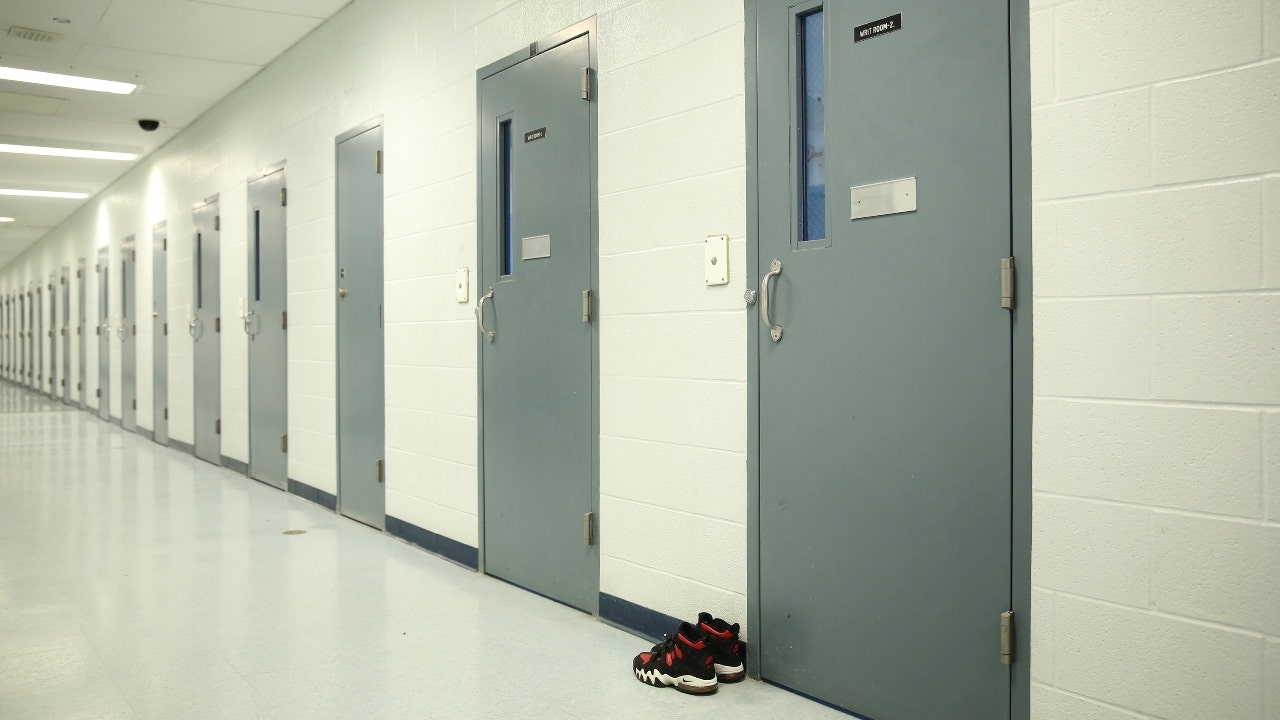Last week, employees at a Volkswagen plant in Chattanooga, Tenn., voted by almost three to one to join the United Automobile Workers. By the numbers, this wasn’t a big deal: It involved only a few thousand workers in an economy that employs almost 160 million people. But it was an important symbolic victory for a labor movement that even in its heyday never made significant inroads in the South.
And it’s not silly to imagine that historians will someday look back at the Chattanooga vote as a milestone on the road back to the more or less middle-class society America used to be.
Of course, we were never truly egalitarian. Even during the era of widely shared prosperity that followed World War II, many Americans, particularly people of color, were poor, and a few were very wealthy. But in terms of income and wealth we were a far less unequal nation than we are now. You can quantify this arc using statistical measures like the Gini coefficient or the ratio of top to bottom incomes. As someone who grew up in that era, I can also attest that America used to feel like a place in which most people lived in more or less the same material universe. It definitely doesn’t feel that way now.
The thing is, that relatively equal society didn’t evolve gradually. As Claudia Goldin — who received the Nobel Prize in economics last year — and Robert Margo showed in a famous 1992 paper titled “The Great Compression,” the relatively equal wage structure of the postwar era emerged quite suddenly in the 1940s. Wartime wage and price controls were an equalizing force, but the new equality persisted for decades after those controls were removed.
And the most likely explanation for the sudden but persistent move toward relative equality was something else that was sudden but persistent: the rise of labor unions, which by the late 1940s represented more than 30 percent of American workers, and remained powerful until the 1980s. Strong unions were a force for equality because they were a counterweight to both the market power of big business and the political power of big money. And the decline of unions, which still represented around a quarter of workers in 1980 but then fell off a cliff, was probably a major factor in the emergence of the new Gilded Age we live in now.
Why did unions decline? It’s tempting to assume that their diminishment was inevitable in the face of global competition and the falling share of manufacturing, their traditional stronghold, in employment. But other advanced economies are still strongly unionized — in Denmark and Sweden, for example, about two-thirds of workers are union members.
So what happened in America? The most plausible explanation is that beginning in the 1970s, employers became very aggressive in fighting unionization efforts and were empowered to do so by a political climate, especially after the 1980 election of Ronald Reagan, in which Republicans were hostile to organized labor while Democrats were at best weakly in support.
Some existing unions — most famously the air traffic controllers — were broken. More important, unionization didn’t spread as America increasingly became a service economy. There was and is no fundamental economic reason giant employers like Walmart or Amazon couldn’t be mostly unionized. But they became giants in an era when employers were effectively free to pull out all the stops in blocking and, in some cases, persecuting union organizers.
Which brings us to the current moment, which may be an inflection point.
Right now there are two forces bolstering workers’ bargaining position. One is a tight labor market: We’ve just experienced the longest stretch of unemployment below 4 percent since the 1960s. This tight labor market is probably the main reason we’ve seen an “unexpected compression” of wages in recent years, with earnings rising much faster at the bottom than at the top.
The other is a shift in the political climate. President Biden, who joined a U.A.W. picket line in Michigan last September, is arguably the most pro-labor president since Harry Truman. This involves more than gestures. On Tuesday, for example, the Federal Trade Commission issued a ban on most noncompete clauses, which prevent a company’s employees from taking jobs with rival businesses; such clauses currently cover, roughly, an astonishing 30 million workers and have been a major force reducing labor market competition.
There’s a reason, then, that Biden has been getting early and enthusiastic endorsements from major unions, including the U.A.W. in January and, this week, the Building Trades Unions, which represents about three million workers in the United States and Canada.
But has American labor really turned a corner? Unfortunately, it’s easy to see how recent progress could be reversed. For one thing, that tight labor market might not persist. So far, the Biden economy has shrugged off all those confident predictions of recession, but that won’t always be the case.
And Biden could, of course, lose in November — and although Donald Trump portrays himself as a populist, his record shows that he’s anti-union.
So we won’t know for a while whether things are actually looking up for American workers.






